|
Star of the Sea Bio Blitz-ers: Ready for Adventure Earlier this year, I had selected 20 seventh and eighth grade students to attend the 2015 Bio Blitz at Hawai'i Volcanoes National Park May 14th-16th and spend two nights at the park's Kilauea Military Camp. As I planned our field trip, I kept getting asked by just about everyone: What is the Bio Blitz? Well, if you break it down, bio means life and blitz implies it happens fast. Now that we have returned from our Bio Blitz adventure, I realize this name is most appropriate; we were indeed immersed in a fascinating array of life forms and our trip went by incredibly fast. So, officially, the Bio-Blitz is a 24-hour citizen science event, co-sponsored by the National Park Service and National Geographic, where teams of scientists, students, teachers, rangers, and community members collaborate to conduct a biological survey of a national park. That is, everyone works hard to find and identify as many of the animals, plants, fungi, and other organisms as possible. During the Bio Blitz, species unknown to the park are often discovered. This year's Bio Blitz, held at Hawai'i Volcanoes National Park, is the ninth of a series of ten annual Bio Blitzes that lead up to the National Park Service's 100th anniversary next year. As we gathered in the Honolulu airport Thursday morning, there was no doubt the Star of the Sea Bio Blitz-ers we were ready for adventure! Exploring the Lavascape Our mission for the Bio Blitz was a biological inventory, but as soon as we entered the Hawai'i Volcanoes National Park, we could not ignore the amazing geology. Located on the youngest of the Hawaiian islands, Big Island, the park is named for its active volcanoes. Right away, you are aware of the primal forces of volcanism that can devastate lush rainforest with lava flows; this natural catastrophe, however, is followed by new life. A dynamic cycle of destruction and renewal is evident here. As we drove down the park's Chain of Craters Road, excitement was building and students were stoked to get out and explore the lavascape.
Honoring a Sacred Place One of the objectives for the Bio Blitz was to develop a sense of place and appreciation for biodiversity through field study in the local environment. Fortunately, the organizers of this year's Bio Blitz recognized the intimate connection between native Hawaiians and the natural world and made efforts to integrate indigenous knowledge and cultural protocol. In fact, the Bio Blitz alakai'i (cultural practitioners) led the students in komo (entrance) and mahalo (gratitude) 'oli (chants) to begin and end each student inventory. Click here for a copy of both chants in Hawaiian (with English translation). To help our Star of the Sea group prepare for visiting the sacred places of Hawai'i Volcanoes National Park, I had invited local kumu Toni Bissen, executive director of the Pūʻā Foundation, to provide students with relevant cultural knowledge. Through interactive lessons during an all-day retreat, we investigated the land divisions, ahupua'a, on Big Island, as compared to O'ahu. Kumu Bissen also helped us practice our 'oli and plan our ho'okupu (gift) to Pele. Another fantastic resource has been Hawai’i Volcanoes National Park Cultural Anthropologist Keola Awong. She shares her perspective on Bio Blitz in an interview with National Geographic: "Traditional Knowledge Helps Us Understand Nature in Every Sense." The komo 'oli, composed by Kepā Maly and performed by Keola Awong:
Look out invasive ginger, here we come! Himalayan ginger was brought to Hawai'i as an ornamental plant due to its beautiful and fragrant flowers. In fact, it is also called kāhili ginger for the flowers resemblance to a kāhili , a feather staff Hawaiians displayed in the presence of royalty. Unfortunately, this ginger has escaped local gardens and become one of the most invasive plants in Hawai'i Volcanoes National Park, growing rapidly and completely replacing the native rainforest understory. Due to its propensity to choke out native Hawaiian plants, the International Union for the Conservation of Nature includes Himalayan ginger on the "100 of the World's Worst Invasive Alien Species" list. So, before our Bio Blitz experience officially began, I decided we were going to spend a few hours serving the park by removing this invasive ginger. Volunteers Paul and Jane Field provided our Star of the Sea crew all the knowledge and tools needed for the task. After donning gloves, students grabbed their loppers (cutting tools) and got to work. Students slashed their way through a large marked area, cutting huge gingers to about knee-high and stacking the lopped stems in clear areas. The Fields will return to the area later and apply a low-concentration herbicide to the exposed stems, which will kill the gingers and not affect the native plants.
Students Bio-Blitz the Rainforest! On Friday morning, the official Bio Blitz Student Inventories began. These inventories, held simultaneously at five different rainforest sites in the park, were conducted by over 800 students from many different Big Island schools. Star of the Sea School, however, was the only participating school from another island. Students engaged in three different rotations: plants, birds, and arthropods. During each rotation, students learned about how scientists identify and classify members of those groups. Students used the iNaturalist app on their mobile devices to photograph, identify, and map species they found, adding the observations to the official Bio Blitz inventory.
At the plant rotation, students were most impressed to see the hapu'u, giant tree ferns endemic to Hawai'i. The fern's massive fiddleheads were covered with a silky fluff called pulu that protects the young fronds; native Hawaiians used pulu as an absorbent dressing for wounds. The students learned about how scientists set up transects and quadrats to measure plant diversity of an area. In the arthropod rotation, students got to find and classify tiny insects such as mites, crickets, and beetles. A large white 'beating sheet' was placed beneath a tree branch, and when the branch was beaten with a stick, arthropods fell out onto the sheet. To get tiny insects into smaller vials, students used a collection tool called an aspirator. Though you provide the suction on an attached tube to move the insect, a screen prevents you from sucking it into your mouth!
Don't Worry, Be Happy (Face Spiders!)
Our helpful Bio Blitz liaison, park volunteer Arthur Wierzchos, instructed us how to look for the rare spiders by carefully peering under the leaves of Kolea and Kawa'u trees. Arthur assured me that the spiders were in this area of rainforest, but he stressed that they can be quite hard to find. Within our first 30 minutes, Arthur spotted a female spider with eggs and we all got to see it! In the few hours, we found four more adult spiders, including three females and one male. Melia and Kayla found one female guarding about fifty baby spiders! The Bio Cube: Not So Square One of the student groups had the opportunity to participate in a Bio Cube project with acclaimed naturalist photographer David Liittschwager, who often works with National Geographic and Smithsonian. Our aim was to set up David's green metal frame, one cubic foot in area, in a diverse habitat and carefully identify and document all the life within it. It's a Bio Blitz on a small scale. In Smithsonian Magazine's The Insane Amount of Biodiversity in One Cubic Foot, David describes his One Cubic Foot book and mission. He makes a case for why these small spots, and small creatures, matter. While in the field with students, David took the time to give students technical tips on how to best photograph the plants and animals. We had a lot of fun scoping out a spot to put the Bio Cube, and we finally placed it in a gully dripping with mosses, liverworts, ferns, and other plants.
There's Fungus Among-us Another student group started their afternoon by hiking the Kilauea Ike trail through lush rainforest all the way down to the solidified but still-steaming crater floor. Students followed the lightly etched trail across the lava field and saw steam vents, cinder cones, and spatter cones. Hard to believe that this field formed in 1959, when Kilauea Ike's Pu‘u Pua‘i cinder cone erupted and sent lava fountains almost 2,000 feet in the air! Students were stoked to explore this volcanic landscape together.
All specimens that were collected will be accessioned in the University of Hawaii's Rock herbarium; if fungi cannot be identified using macroscopic or microscopic features, then DNA sequencing will be utilized to help with the identification. Some of the inventory's samples have been found in the park before, while others are likely new records. Way to go, fungus finders!
Celebrating Biodiversity & Hawaiian Culture! As a way to further marry science and culture, the park hosted the Volcanoes Biodiversity and Cultural Festival during the Bio Blitz. The festival featured a variety of exhibits, demonstrations, and hula and musical performances. Before we departed from the park on Saturday, students were excited to spent some time at the festival's many educational booths and try their hands at some traditional Hawaiian crafts. As we set out on this sunny day, the wide, shield-shaped dome of the park's other active volcano, Mauna Loa, was visible. In fact, Mauna Loa is the world's largest active volcano, with an elevation of 13,680 feet and encompassing 10,000 cubic miles. On our walk, we also saw some more of the park's unique features.
The Bio Blitz was a huge success and at the Closing Ceremonies we learned that over 1500 observations were uploaded into iNaturalist. And over 400 different species were formally identified by scientists, students, and community members in 24 hours! Read more about the official inventory results here. It was also announced that the 2016 Bio Blitz will be held in Washington. DC, with associated events held in national parks nationwide.
I would like to extend a big MAHALO to...
In closing, the mahalo 'oli, composed by Kepā Maly and performed by Keola Awong:
Trinity
5/27/2015 04:44:54 am
I liked how you described the adventures you guys took and I loved the pictures they were very cool
kylee
5/27/2015 04:46:31 am
cool i wish i came :/ hope we can go and learn too!!!
john
5/27/2015 04:47:44 am
I likes ur pics of the crater, glow, and lehua. i wish we went
kyler
5/27/2015 04:47:58 am
Looks like fun, I wish I could come with you! Hopefully you come with me to Iolani. Best Teacha EVA!!!!
Lloyd
5/27/2015 04:49:14 am
I so wish that I could come it looked really fun and I wish I could see a smiling spider! The insect that smiles back smily spider! 5/27/2015 04:51:09 am
I like how you wrote dis blog and I like all the pic's and I wish I was there and I have a question did you guys went up to mauna loa and I like those creacher
Joseph Nixon
5/27/2015 04:53:55 am
Mrs. Veresan I am amazed that plants can grow through the lava rock and am also fascinated by the fact that lava tunnels can be 500 years old. The plants looked very interesting and I really wish that I had been there to help discover fungus. Did they get to name it? The pictures of the lava glow was fantastic and it must have been even better up close. This trip sounded very interesting and I would have wanted to come too.(very good selfies by the way)
Miss V
5/27/2015 04:58:43 am
Hi Joe! Thanks for your comments. As for your question, if the fungus is just new to the park, it might already be named. However, if it is new to science, they might :)
Jack Fukui
5/27/2015 05:05:48 am
It sounded and looked like it was fun and the glow looks AWESOME!!!!!!!
Jack.H
5/27/2015 05:06:32 am
Bio blitz must have been very fun. I learned from the blog about invasive species and how they come from other countries. Also, I saw a lot of native plants and the volcano was very cool. There was so many selfies.
isis
5/27/2015 05:08:17 am
this is cool but i really wanted to go but you already had picked 20 peeps. Anyways i enjoyed the pics and the blog:)
Amber
5/27/2015 05:12:02 am
Mrs. V I think you got great trip!! I learned lot's of nature thing when I read this blog. I hope I could go there too. ^^
Kayla
5/27/2015 09:13:38 am
I had so much fun on this trip!!! I loved all the pics!
Alicia
5/27/2015 09:15:27 am
I wish I went but looked fun! Pics turned out great :)
Reijiro
5/27/2015 09:19:09 am
Looks very fun! I hate insects and nature things, but maybe I could go there if you support me. I wanted to go there.
Sam
5/27/2015 09:21:54 am
Thank you sooo much Ms. V for setting up this trip!!! It was so informing of the many endangered Native Species!!!
Ti'are
5/27/2015 09:22:03 am
Nice pictures The trip looked fun !
Rachel
5/27/2015 09:22:17 am
It was really a valuable experience! We had so much fun:)
Lance
5/27/2015 09:27:15 am
Mrs. V i like the neat way you always right your essay (good job by the way) and the pictures were clear and they said every thing each essay is about. I wish I could've gone but its fine you da best Mrs. V:)
Rina
5/27/2015 09:30:57 am
Thank you for bringing me on this awesome Bio Blitz trip! It was super fun and I really liked the night hike where we got to see the crater's glow.
Taylor
5/27/2015 09:43:08 am
I loved this trip it was so much fun!!! Also it was very educational.:)
Krista
5/27/2015 11:31:42 am
Hope you guys had fun and I wish the 6th graders were invited.
Brittany Chapman
5/27/2015 02:00:05 pm
Love photos. Seems like an amazing trip!!!
Rina
8/12/2015 06:55:57 pm
I miss you Ms. V! Comments are closed.
|
AuthorThis blog contains occasional dispatches from my science classroom and professional learning experiences. Thank you for reading! Archives
December 2021
|
|
Cristina Veresan
Science Educator |
Proudly powered by Weebly
|
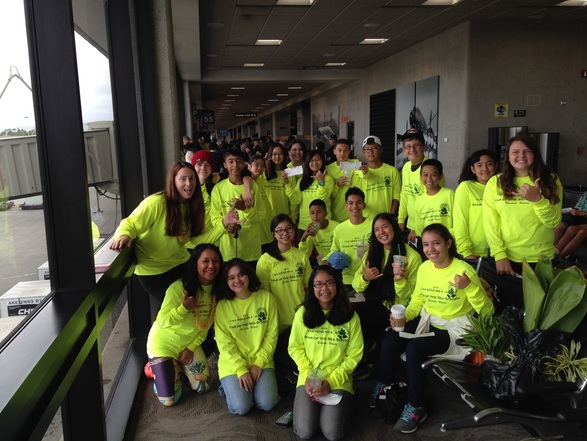
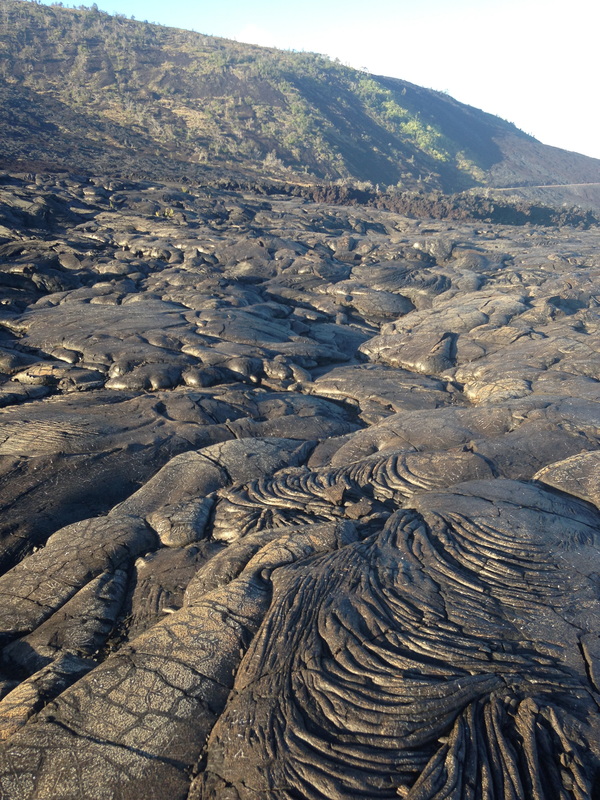
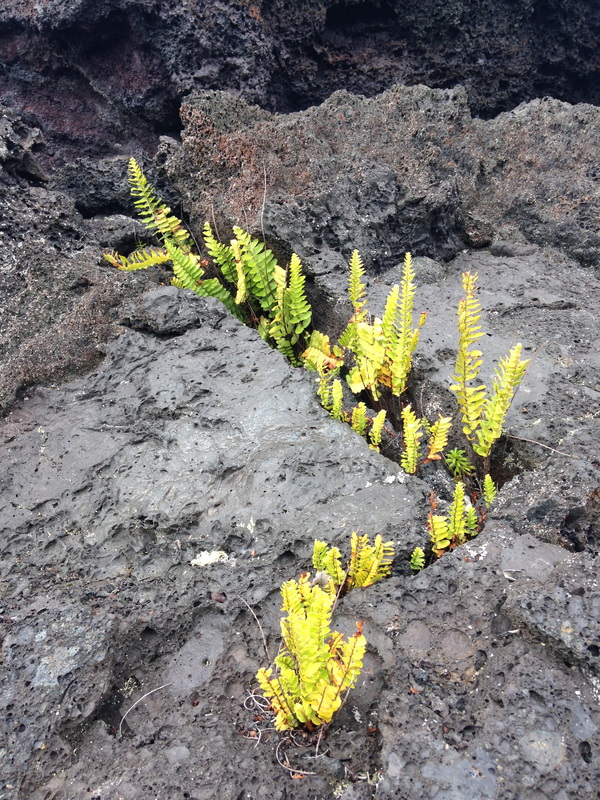
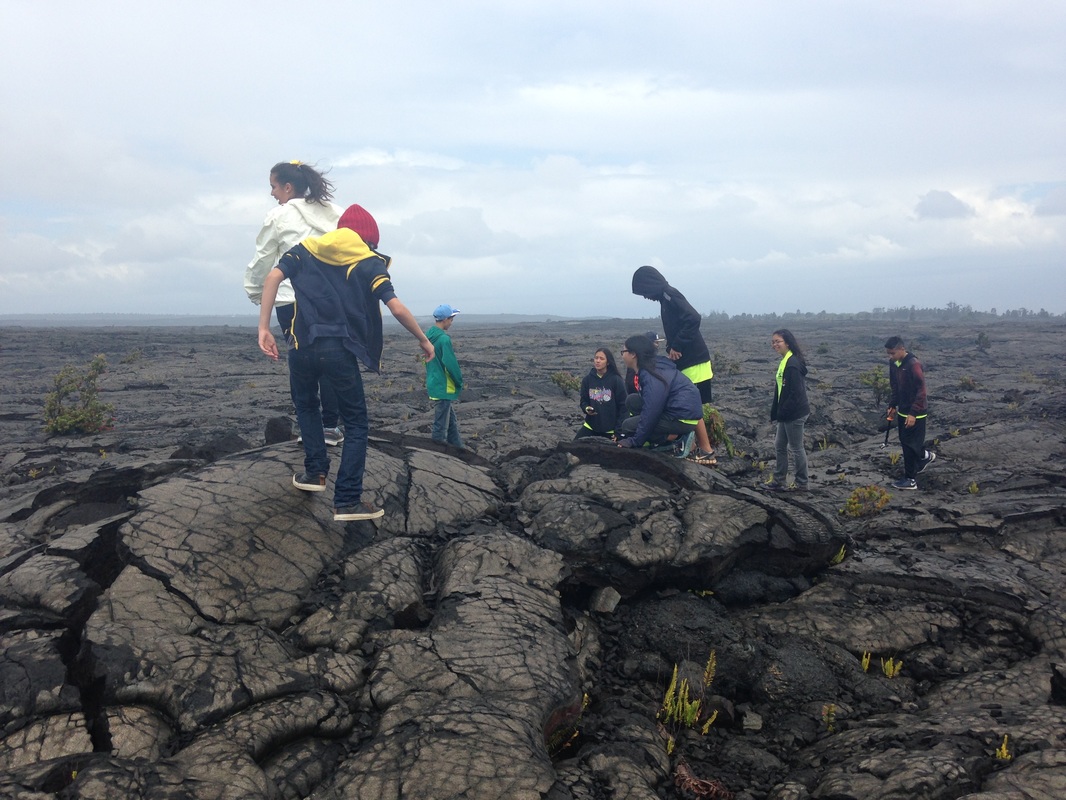
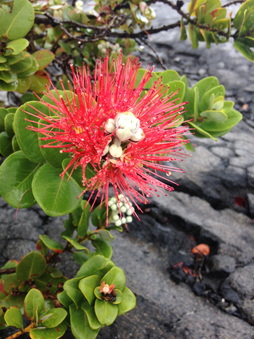
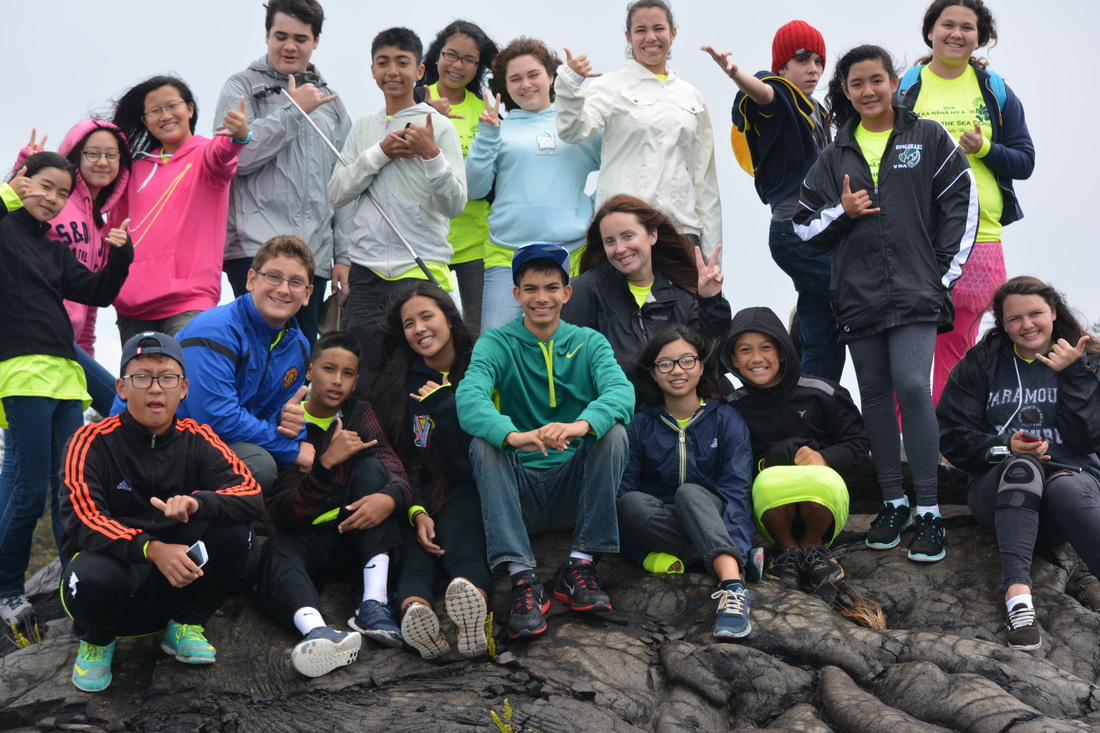
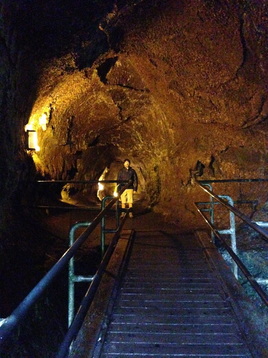
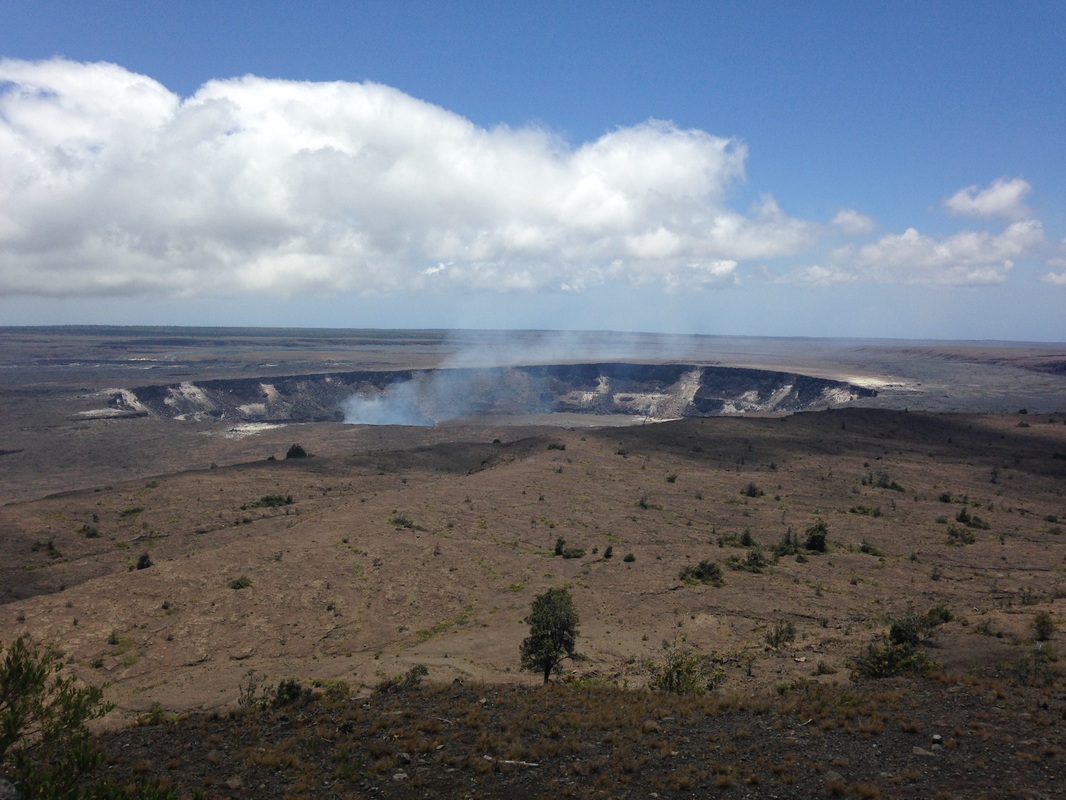
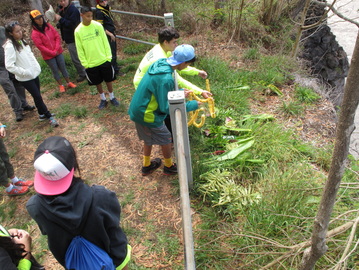
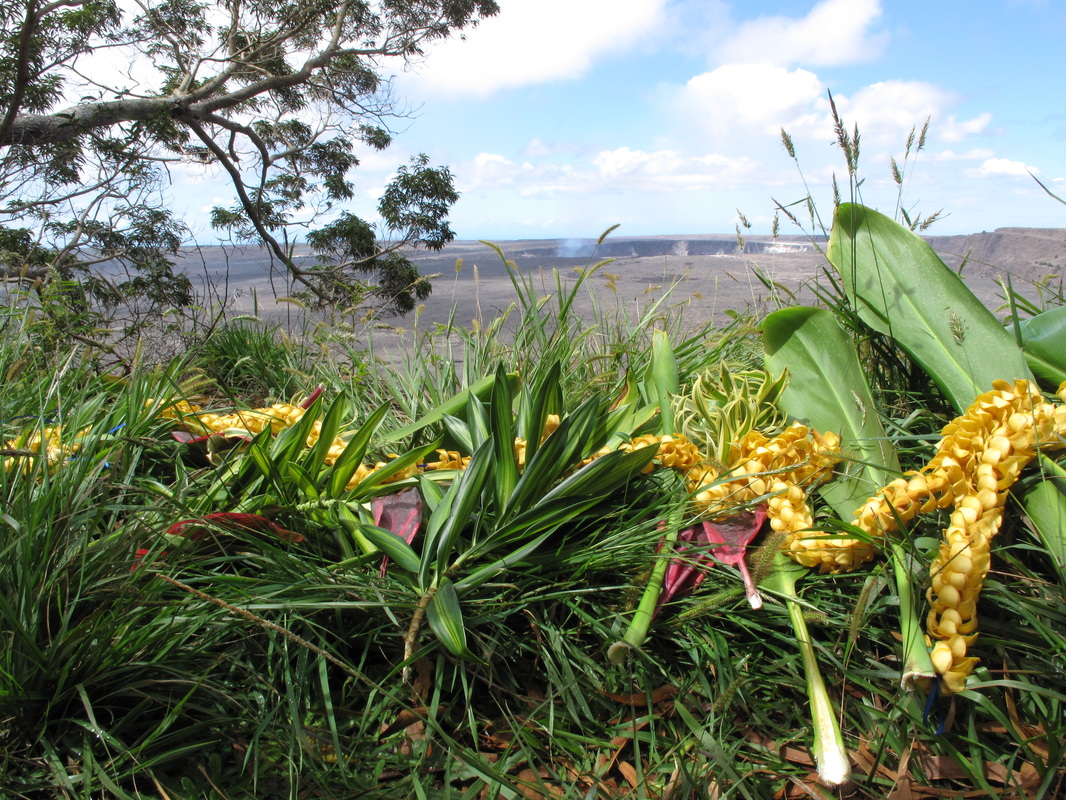
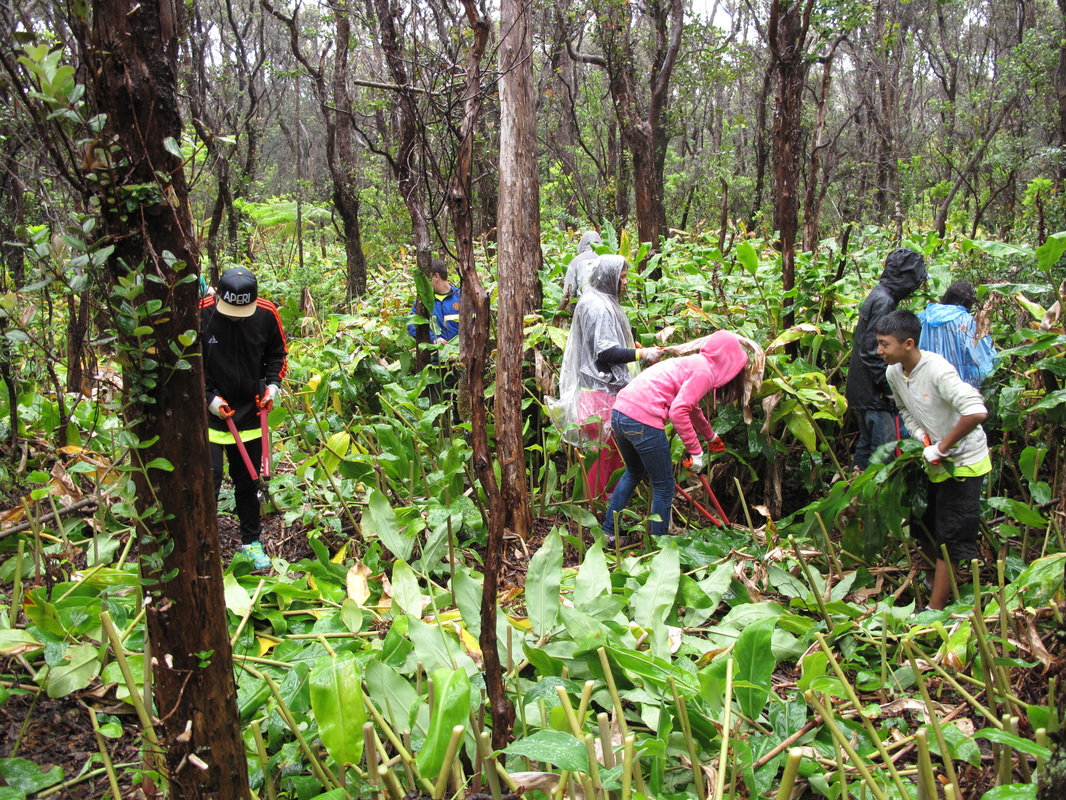
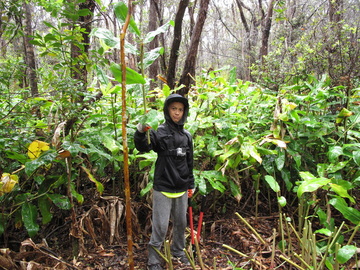
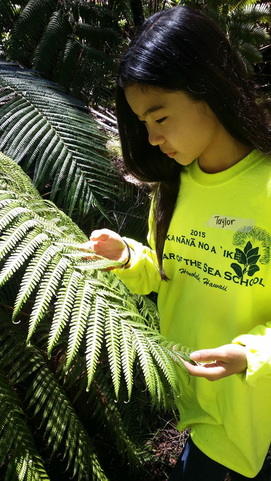
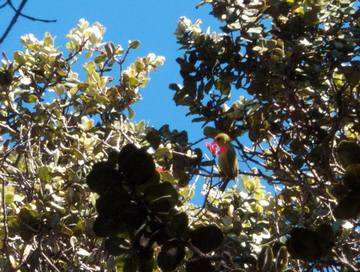
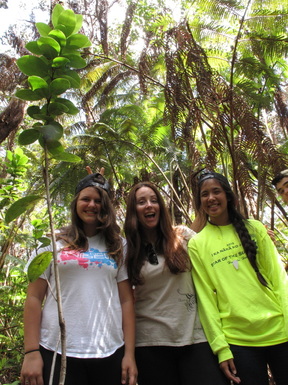
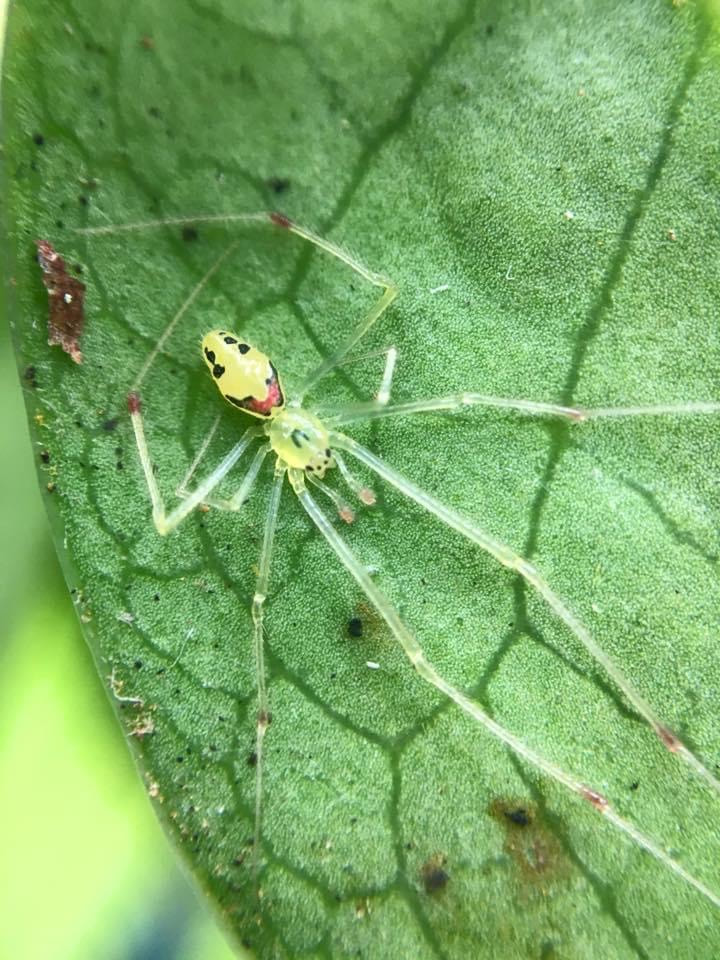
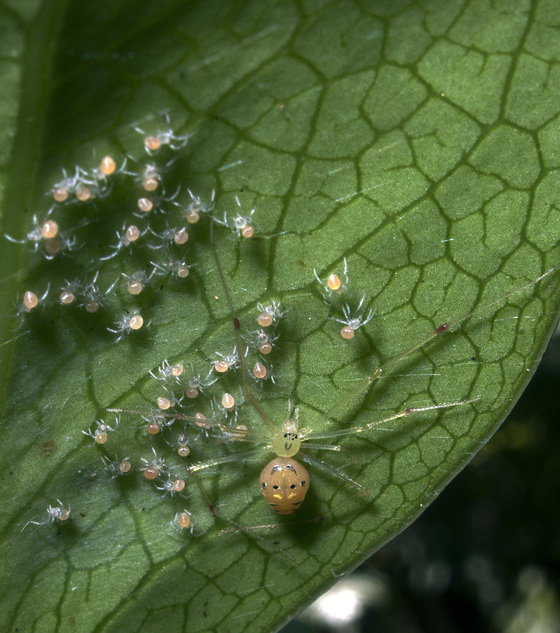
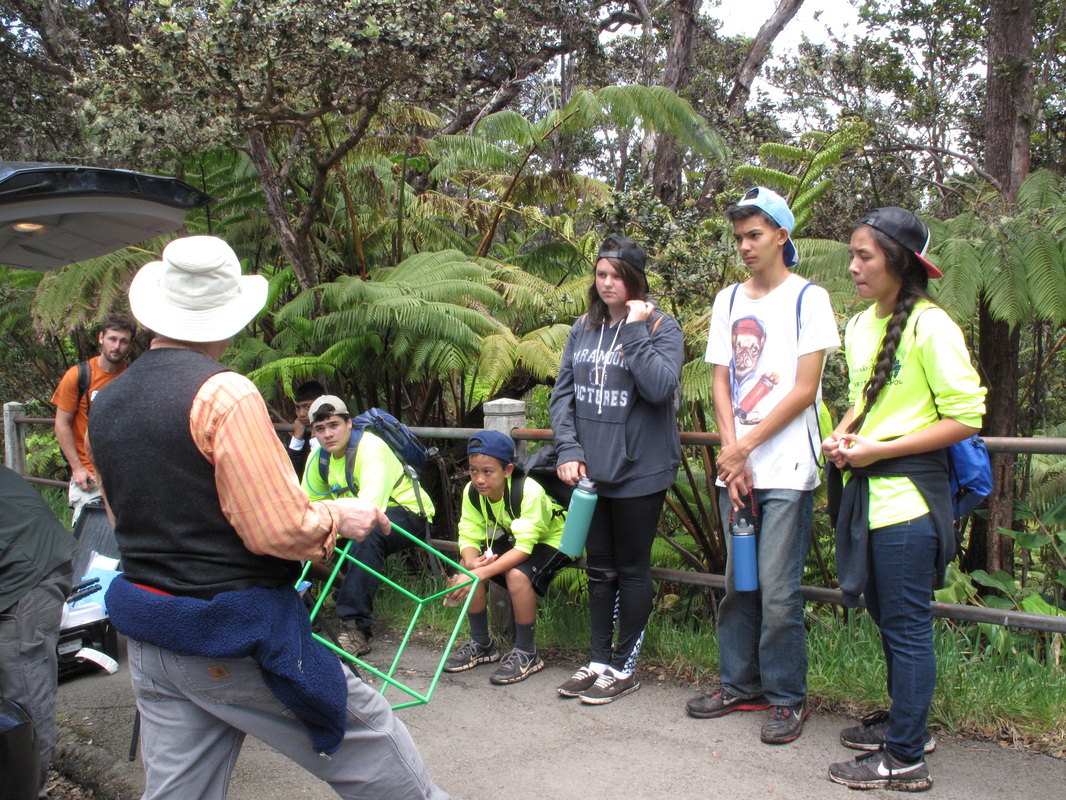
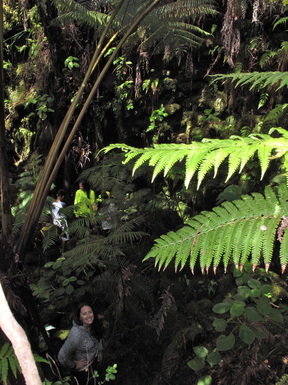
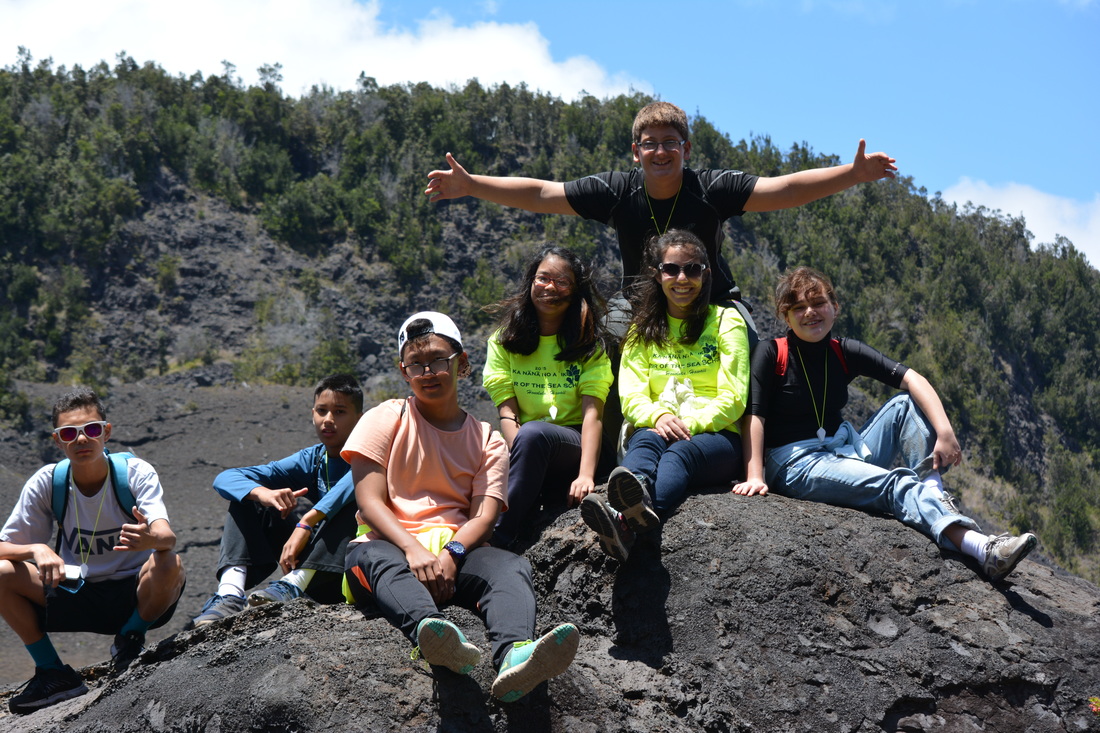
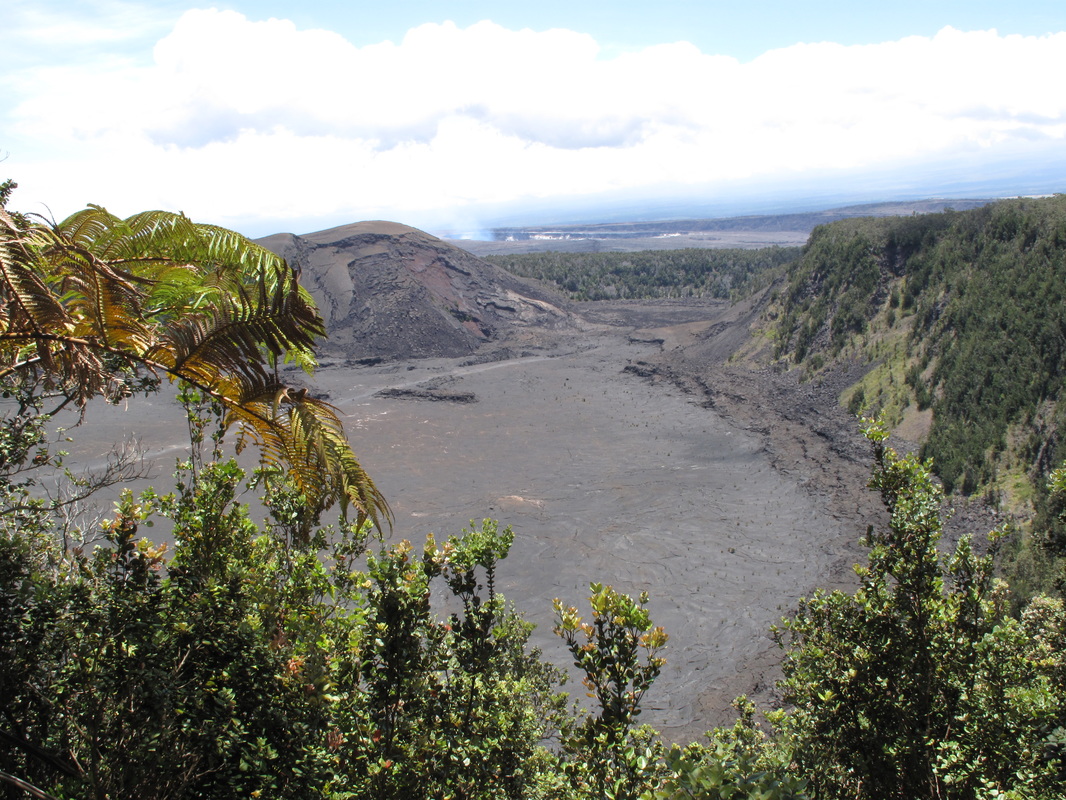
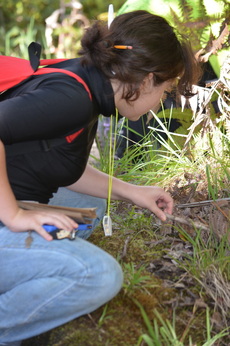
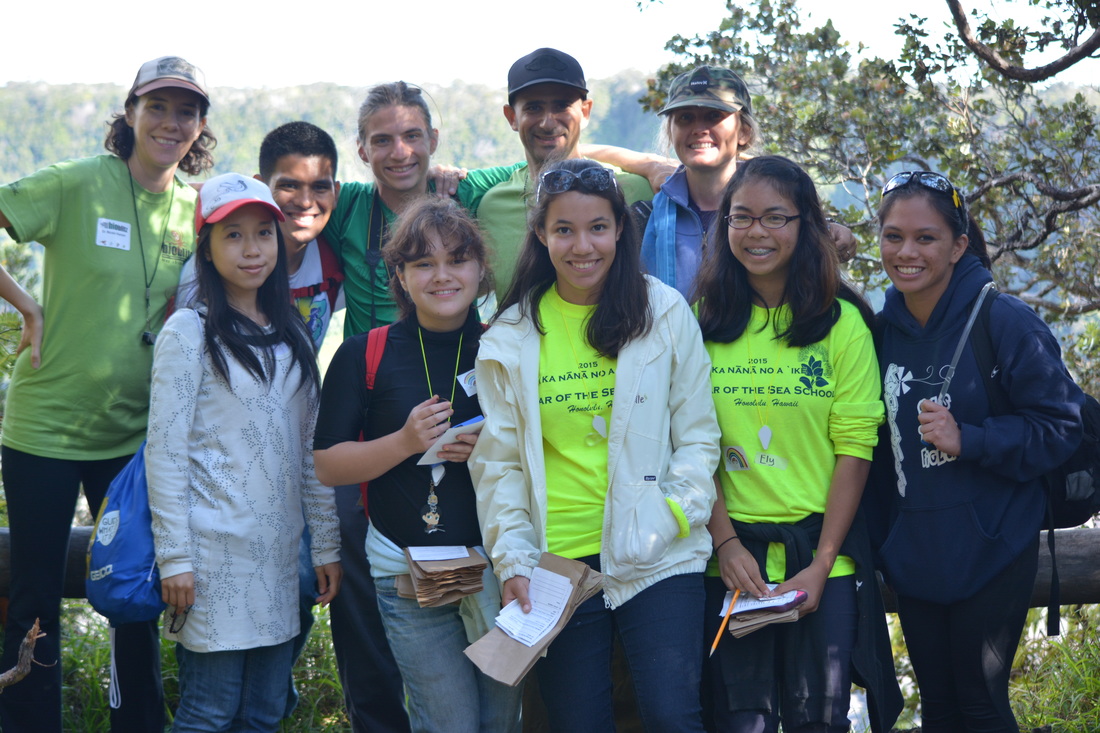
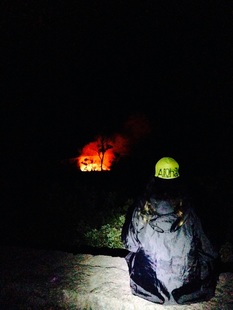
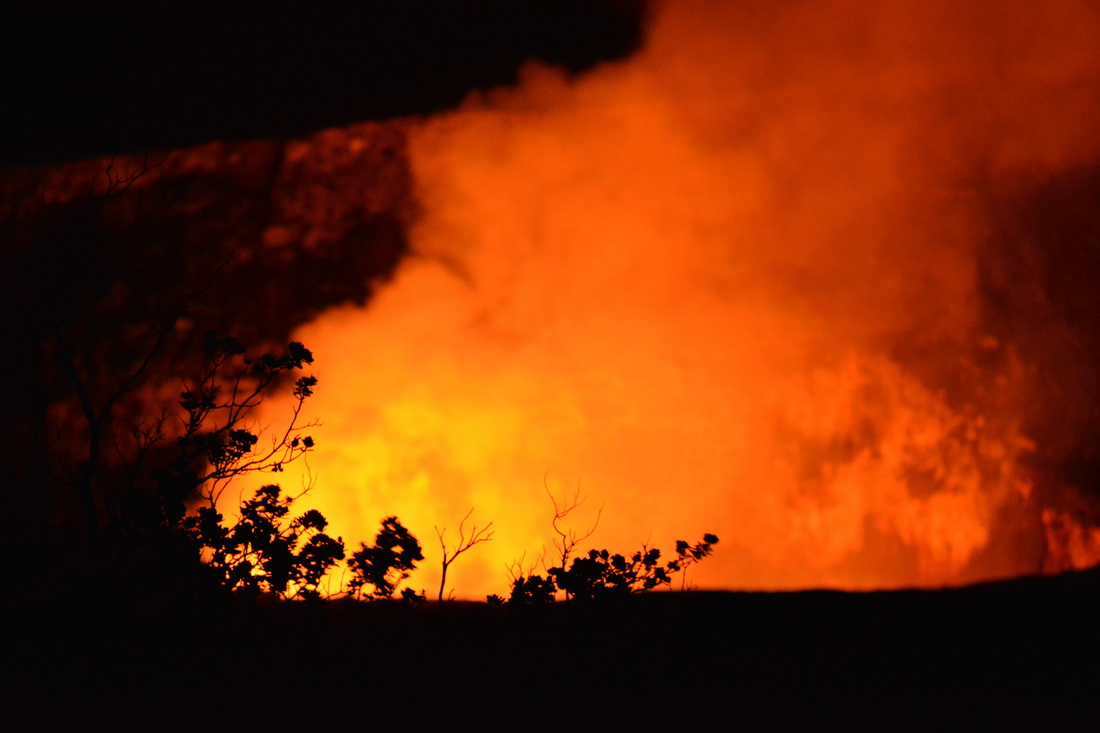
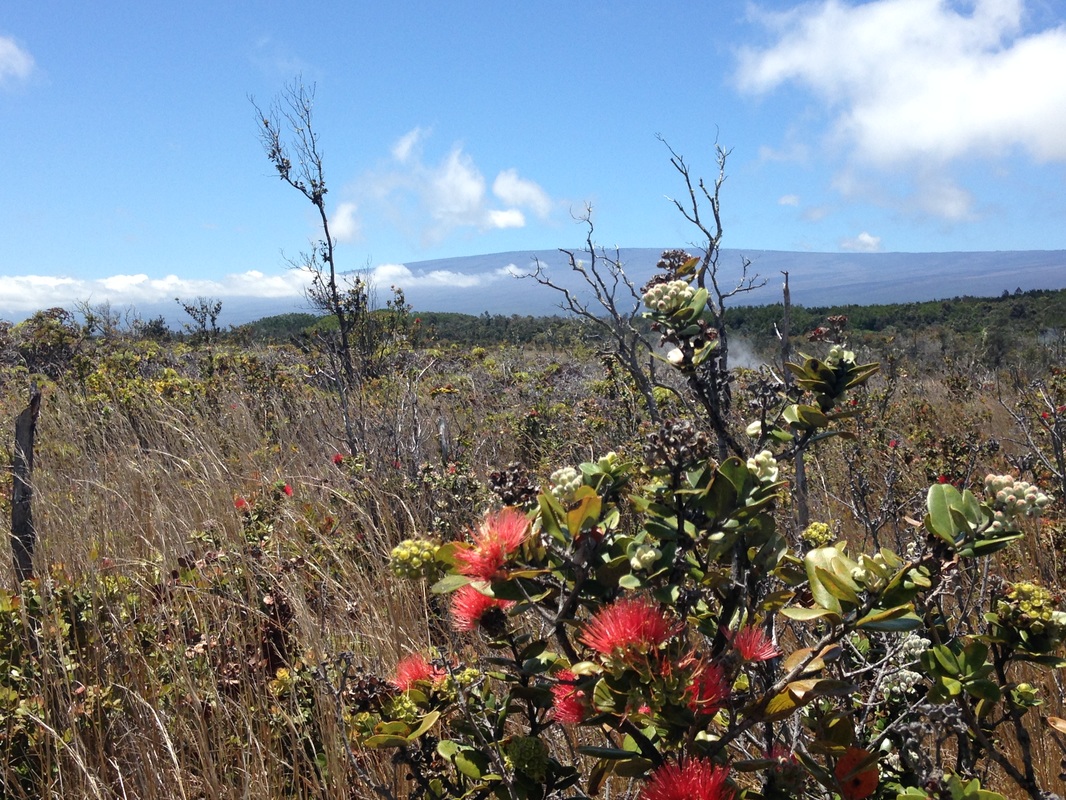
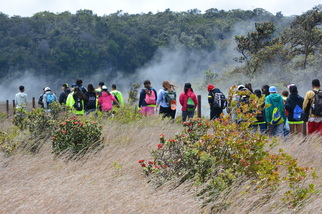
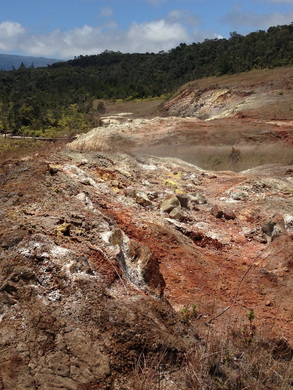
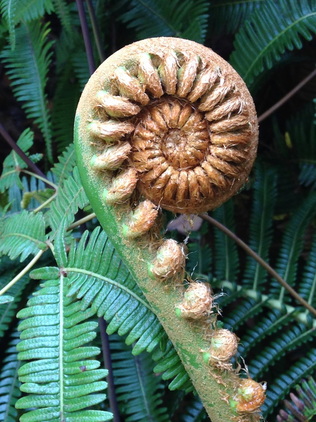
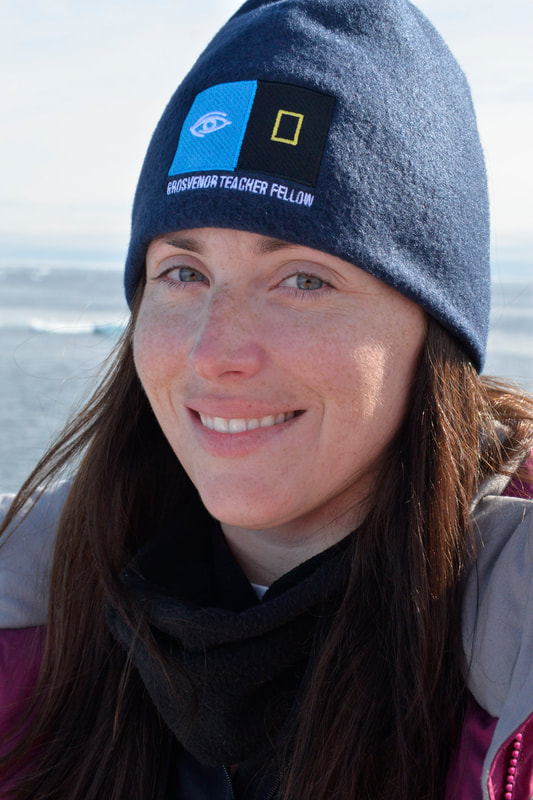
 RSS Feed
RSS Feed